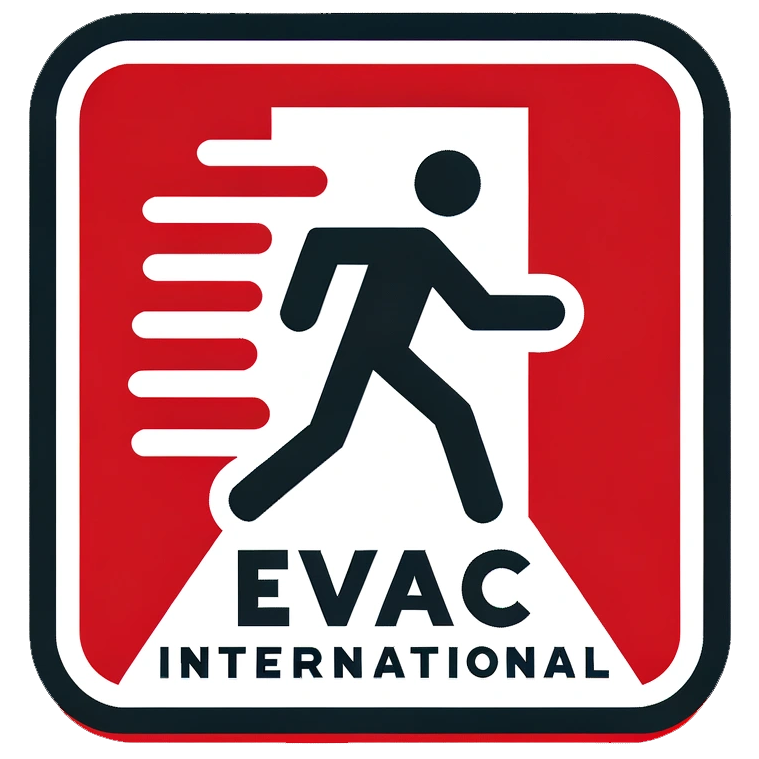As a fire safety and evacuation expert, I firmly believe that companies and public buildings must have evacuation chairs in place to protect the public. The importance of efficient and effective evacuation systems cannot be overstated, and the use of evacuation chairs can make a significant difference in ensuring the safety of all individuals in the event of an emergency.
When it comes to fire safety and evacuation, it is essential to consider the needs of every individual, including those with mobility impairments. Evacuation chairs are specifically designed to assist individuals with limited mobility in safely and quickly evacuating a building during an emergency situation. These chairs are an essential component of any comprehensive evacuation plan, as they provide a means of egress for individuals who may have difficulty navigating stairs or moving quickly.
One of the key reasons why evacuation chairs are crucial for fire safety is the fact that traditional evacuation methods, such as using elevators or waiting for assistance from emergency personnel, may not always be feasible during a fire or other emergency. In such situations, time is of the essence, and having readily accessible evacuation chairs allows for a swift and efficient evacuation process. Additionally, evacuation chairs can be operated by a single person and do not require any special training, making them accessible to anyone who may need to assist in an emergency evacuation.
Furthermore, the use of evacuation chairs also aligns with building code regulations and accessibility requirements. In many jurisdictions, public buildings are required to comply with accessibility standards, including providing adequate means of egress for individuals with disabilities. Evacuation chairs are an essential tool for meeting these requirements, as they enable individuals with mobility impairments to safely evacuate a building in the same manner as those without disabilities.
In the case of an evacuation, the presence of evacuation chairs can be a critical factor in saving lives and preventing injuries. By providing a means of egress for individuals with limited mobility, these chairs ensure that no one is left behind in an emergency situation. This not only demonstrates a commitment to the safety and well-being of all individuals within a building but also helps to mitigate potential legal liabilities in the event of an emergency.
Moreover, the implementation of evacuation chairs can also have a positive impact on the overall emergency preparedness and response capabilities of a building or company. By proactively incorporating these chairs into evacuation plans, organizations demonstrate their commitment to safety and preparedness, which can be reassuring to both occupants and visitors. Additionally, having evacuation chairs in place can streamline the evacuation process, reducing the risk of congestion or delays during an emergency.
It is also important to note that the use of evacuation chairs is not limited to individuals with mobility impairments. In situations where there may be individuals who are temporarily injured or require assistance in evacuating a building, evacuation chairs can provide a practical solution for ensuring their safe egress. By having these chairs readily available, organizations can be better equipped to address a wide range of emergency scenarios and ensure the safety of all individuals within their facilities.
In conclusion, the inclusion of evacuation chairs as part of an overall fire safety and evacuation plan is essential for protecting the public in companies and public buildings. These chairs provide a practical and effective means of egress for individuals with limited mobility, ensuring that everyone can safely evacuate a building in the event of an emergency. By prioritizing the implementation of evacuation chairs, organizations demonstrate their commitment to safety, compliance with regulations, and overall emergency preparedness. Ultimately, the use of evacuation chairs is a critical component of a comprehensive fire safety and evacuation strategy and one that cannot be overlooked in ensuring the well-being of all individuals within a building.

